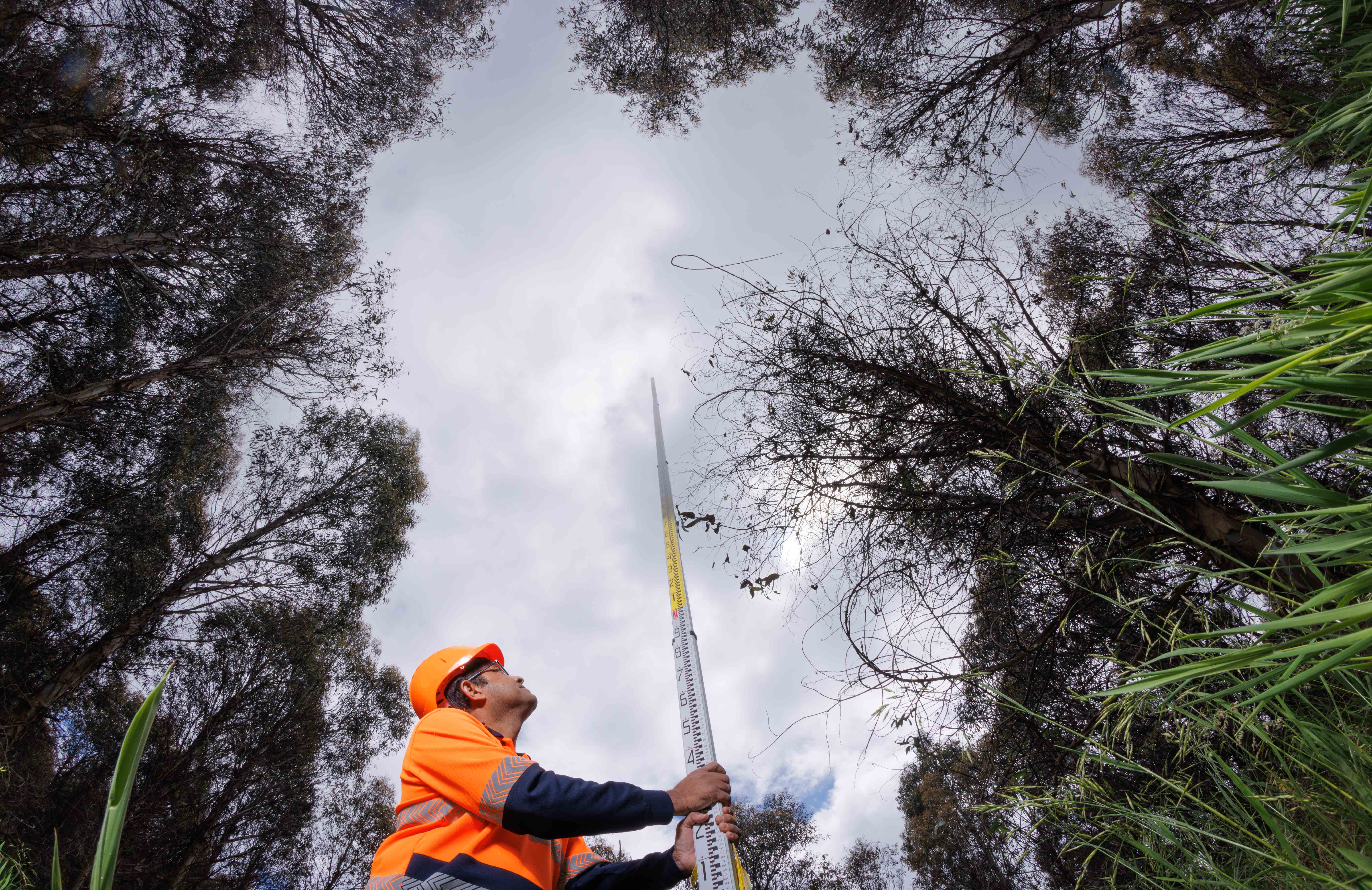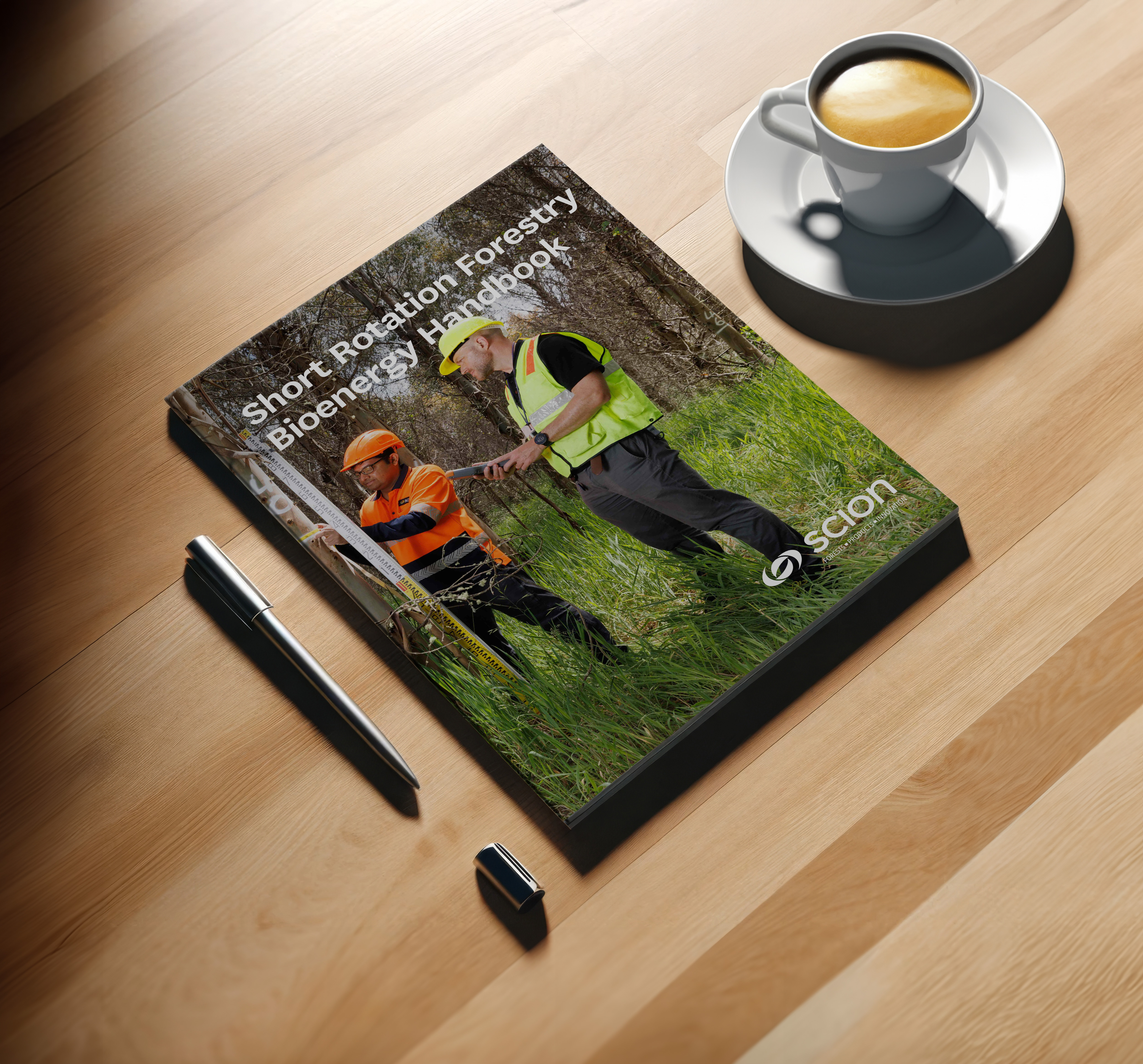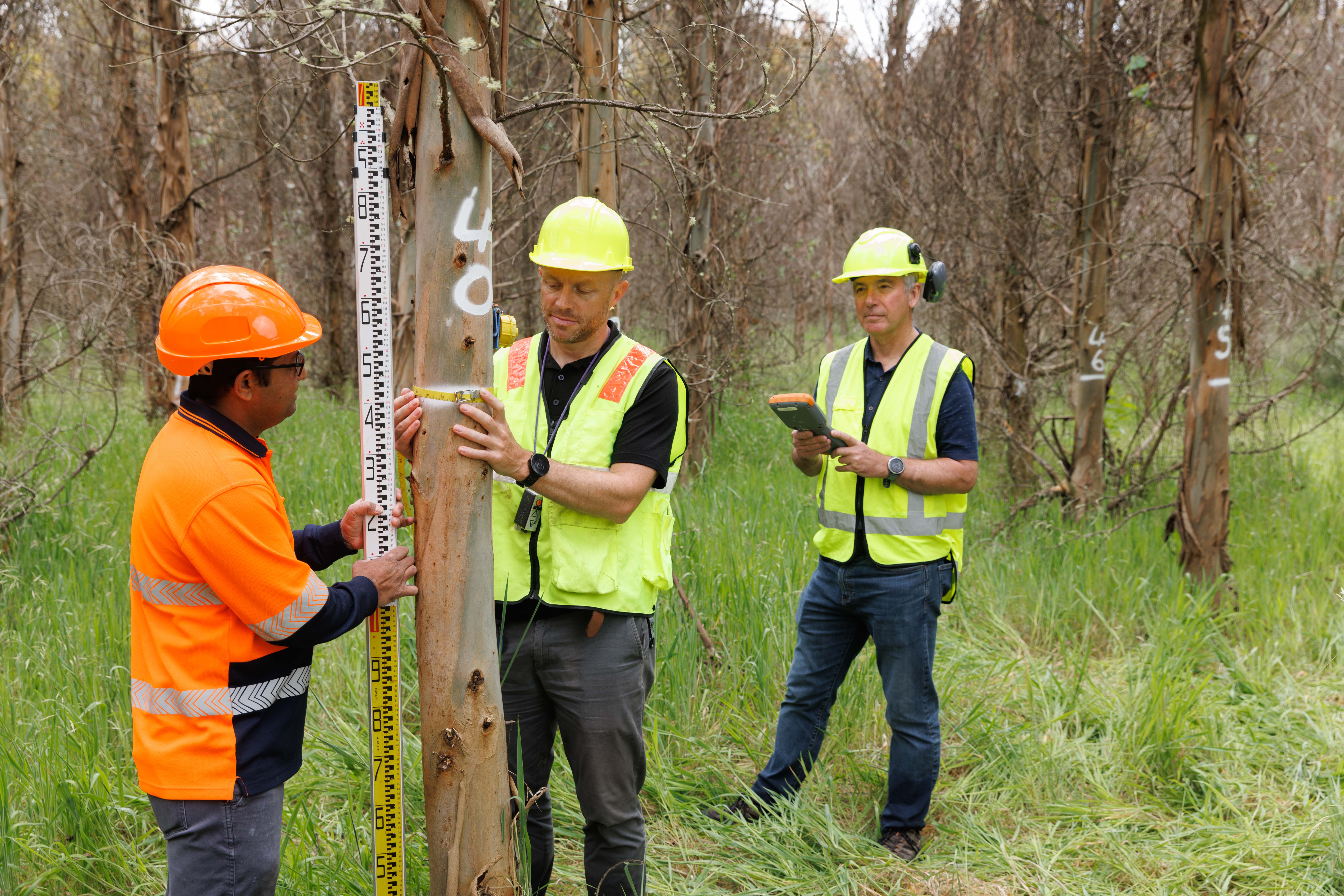Short Rotation Forestry
Biomass Forests for Bioenergy
Planting forests for carbon credits under the New Zealand Emissions Trading Scheme (ETS) isn’t the only way to help New Zealand on its path to carbon zero. Forests planted specifically as a source of woody biomass for biofuel feedstock will ensure we have enough clean, renewable sources of energy over the coming decade to displace all energy currently demanded by burning fossil fuels. Simply mitigating carbon emissions is not enough to combat the climate crisis, we need to employ a range of systems to stop new carbon emissions and help remove the carbon currently circulating in the atmosphere. Short rotation forests allow us to reach these goals.
Scion has gained experience in this area over the past two decades. This new report covers most recent work from a two-year research project to evaluate exactly what areas of opportunity, risk and uncertainty are affecting the investment, development, and establishment of short rotation forestry in New Zealand. This work included stakeholder engagement (government, forestry industry, Māori groups and landowners), spatial economic modelling and spatial productivity assessment.

What the Government is doing
In 2023, the New Zealand government set aside investment to support around 5000ha for short rotation bioenergy forestry. This area of forest will be used to establish forest trials and stimulate the transition to new sources of bioenergy.
Forests grown and harvested for bioenergy differ to forests grown for timber production. Bioenergy forests need rapid production of biomass, where timber quality is not relevant. Because all parts of the trees are harvested and converted to feedstocks, unlike in timber production which just uses the stems, pruning and thinning of tree stock isn't required. Trees in a bioenergy forest should be grown at a higher stocking density, with shorter harvest regimes of between 12 and 18 years, rather than a 25 year rotation for sawlogs.

Getting started with Short Rotation Forestry
Scion has created a how-to guide for people interested in establishing a short rotation bioenergy forest.
The key facts are summarised below:
- Short rotation forestry can provide biomass to supply an emerging bioenergy market expected to develop rapidly over the next decade.
- The optimal species to produce bioenergy biomass are radiata pine, followed by Eucalyptus fastigata, E. regnans and E. nitens.
- Trees can be be planted at between 650 and 1250 stems per hectare, with no pruning or thinning.
- Plantations will be ready for harvest at between 12 and 18 years.
- Mean annual increment (MAI) at point of harvest will be between 20 and 30 tonnes per hectare.
- Our economic analysis suggests lower value land will be most profitable for establishing short rotation bioenergy forestry.
- Available areas of lower value land are likely to be Land Use Capability Class (LUC) 5-7, currently used for economically marginal grazing.
- Short rotation bioenergy forestry provides an alternative investment option for growers on this land.
- Our economic analysis of short rotation forestry profitability includes income from the Emissions Trading Scheme (ETS), based on a 16 year rotation and 8 year averaging point for carbon payment.
- Short rotation bioenergy forestry will be especially needed in regions of high expected future feedstock demand, which are Northland, Central North Island, East Coast, Hawke's Bay, Canterbury and Otago-Southland

